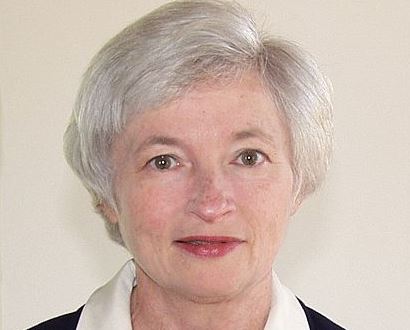The Federal Reserve under Janet Yellen may not be that much different than the Fed under Ben Bernanke – not yet at any rate. In her first formal two-day FOMC meeting as Chairman, Janet Yellen will also get to release a formal statement with expectations ahead. The first take is an informal adjustment to the 6.5% unemployment threshold to something a bit more qualitative.
Everyone expected interest rates to remain the sale 0.00% to 0.25% target rate for Fed Funds, and now we know that the tapering will be kept static at another $10 billion less in monthly bond buying – its third trim to the quantitative easing. Now the Fed will purchase $25 billion in mortgage-backed securities and $30 billion per month in Treasuries. That is $55 billion, down from what had been $85 billion per month previously.
While there is no change to the policy intentions, the Fed does acknowledge a slowing of the economy. Still, weather was given part of the blame. It turns out that interest rates may stay below normal levels even after the Fed nears its targets.
Wednesday’s vote for rates was a vote of 8 to 1 – Voting against the action was Narayana Kocherlakota. The basic comments are as follows:
Labor market indicators were mixed but on balance showed further improvement. The unemployment rate, however, remains elevated. Household spending and business fixed investment continued to advance, while the recovery in the housing sector remained slow. Fiscal policy is restraining economic growth, although the extent of restraint is diminishing. Inflation has been running below the Committee’s longer-run objective, but longer-term inflation expectations have remained stable.
While it is not official, this seems like the Fed is lowering that 6.5% unemployment threshold. This has been an issue for quite some time. While unemployment has been shrinking, much of that benefit had been from lower and lower labor force participation rates.
Other points of note:
- The Committee recognizes that inflation persistently below its 2 percent objective could pose risks to economic performance, and it is monitoring inflation developments carefully for evidence that inflation will move back toward its objective over the medium term.
- The Committee is maintaining its existing policy of reinvesting principal payments from its holdings of agency debt and agency mortgage-backed securities in agency mortgage-backed securities and of rolling over maturing Treasury securities at auction.
What is interesting here is that stocks decided to sell off, and Treasury yields on the shorter end and intermediate scale have risen. The S&P 500 futures are now down almost 6 points and the DJIA is down about 60 points. This sort of drop is not exactly a move that should be considered “tanking the markets.” Still, that is what the charts looked like after the 2:00 p.m. announcement.
The Average American Has No Idea How Much Money You Can Make Today (Sponsor)
The last few years made people forget how much banks and CD’s can pay. Meanwhile, interest rates have spiked and many can afford to pay you much more, but most are keeping yields low and hoping you won’t notice.
But there is good news. To win qualified customers, some accounts are paying almost 10x the national average! That’s an incredible way to keep your money safe and earn more at the same time. Our top pick for high yield savings accounts includes other benefits as well. You can earn up to 3.80% with a Checking & Savings Account today Sign up and get up to $300 with direct deposit. No account fees. FDIC Insured.
Click here to see how much more you could be earning on your savings today. It takes just a few minutes to open an account to make your money work for you.
Our top pick for high yield savings accounts includes other benefits as well. You can earn up to 4.00% with a Checking & Savings Account from Sofi. Sign up and get up to $300 with direct deposit. No account fees. FDIC Insured.
Thank you for reading! Have some feedback for us?
Contact the 24/7 Wall St. editorial team.


